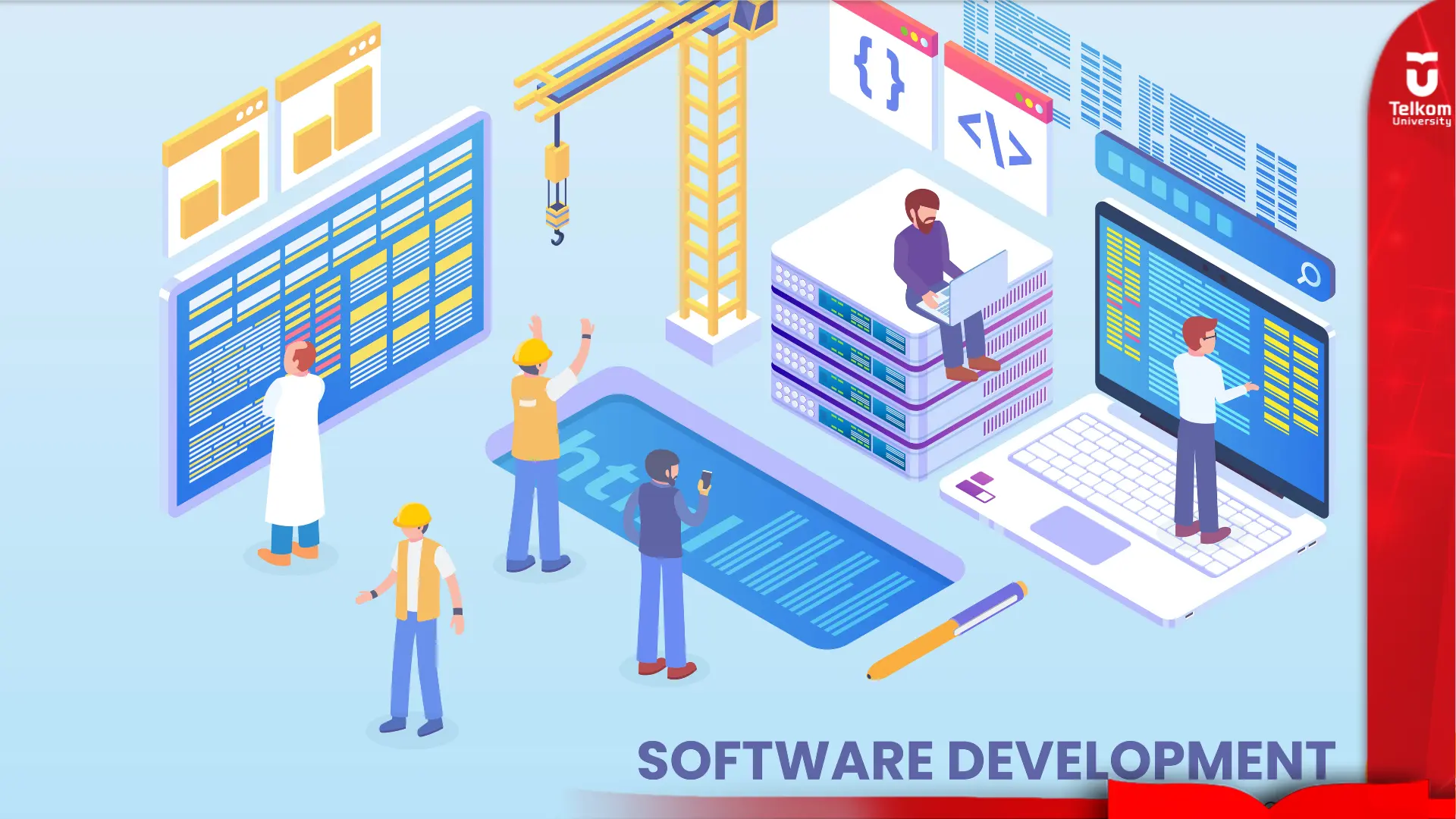Software Development Life Cycle (SDLC)
Software Development Life Cycle (SDLC) is an important process in software development which is a structured framework used to plan, develop, test, and maintain software. SDLC is an approach that ensures the software produced is in accordance with user requirements, budget, and completed within a specified time according to schedule. This process involves several stages, ranging from planning, needs analysis, design, development, testing, to implementation and maintenance.

The main goal of the SDLC is to reduce project risk and ensure high-quality software. By dividing the development process into clear stages, SDLC allows for better control, risk management, and more predictable outcomes. Here are some of the main phases in the SDLC:
Planning
The planning phase in SDLC is the first stage where the project begins by formulating clear and specific objectives, identifying the resources needed, and preparing a detailed implementation schedule. In addition, in this phase, a thorough analysis of the risks that may arise and hinder the success of the project is carried out. Careful planning at this stage is very important to ensure that each development step can be carried out efficiently and in accordance with the needs that have been set.
Requirements Analysis
The Requirements Analysis phase in SDLC is the stage that marks the beginning of the formal process to formulate in detail the objectives and outcomes to be achieved from software development. In this phase, various stakeholders are involved to collect and evaluate all requirements, both functional and non-functional. The results of this analysis are stated in a document called the Software Requirements Specification (SRS), which serves as an official contract between the development team and the user. This SRS ensures that all parties have the same understanding of the scope, features, and performance of the software to be developed, and serves as the main reference during the development process.
Design
The Design phase in SDLC begins after software requirements are defined. In this phase, the project team creates a detailed design of the architecture and software components. This design includes various important elements, such as the structure of the system to be built, an intuitive user interface, and an efficient database design. The design process aims to ensure that all technical and functional aspects of the software are clearly reflected before entering the development phase, so that developers can implement solutions that are in accordance with the needs and objectives that have been set.
Development
The Development phase in SDLC begins after the software design is approved. At this stage, coding is done based on the previously determined design. The development team begins writing source code to build various software components according to the specifications that have been prepared. Software development includes creating key features, integrating various components, and ensuring that all software elements work as planned. This process also involves collaboration between developers to ensure the quality and consistency of the code produced.
Testing
The Testing phase in SDLC is performed after the development phase is completed. At this stage, the software is thoroughly tested to ensure that it functions according to the specifications that have been set and is free from bugs or other errors. Testing includes various types, such as unit testing to test each section of code individually, integration testing to ensure that software components work together properly, and system testing to verify that the entire system functions as intended. This process aims to find and fix problems before the software is implemented in a production environment.
Implementation (Deployment)
The next phase in SDLC is Deployment. This phase occurs after the software has passed testing. At this stage, the software is implemented in the production environment and is put to use by end users. In addition, users are given training to ensure they can utilize the software effectively. Deployment marks the start of official use of the software.
Maintenance
The next phase in the SDLC is the Maintenance phase. This phase begins after the software is implemented. At this stage, the software is continuously monitored and updated to ensure that its performance remains optimal. Maintenance includes bug fixes, updates to improve functionality, and software adjustments according to changing user or environmental needs. This phase ensures that the software remains relevant and can function properly in the long term.




